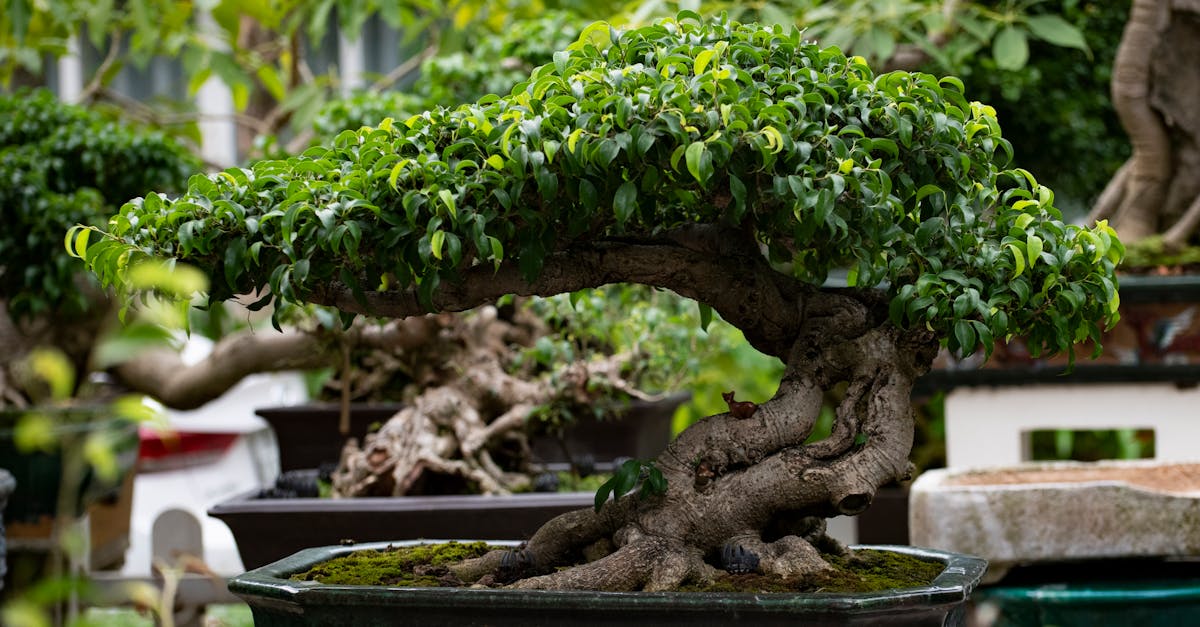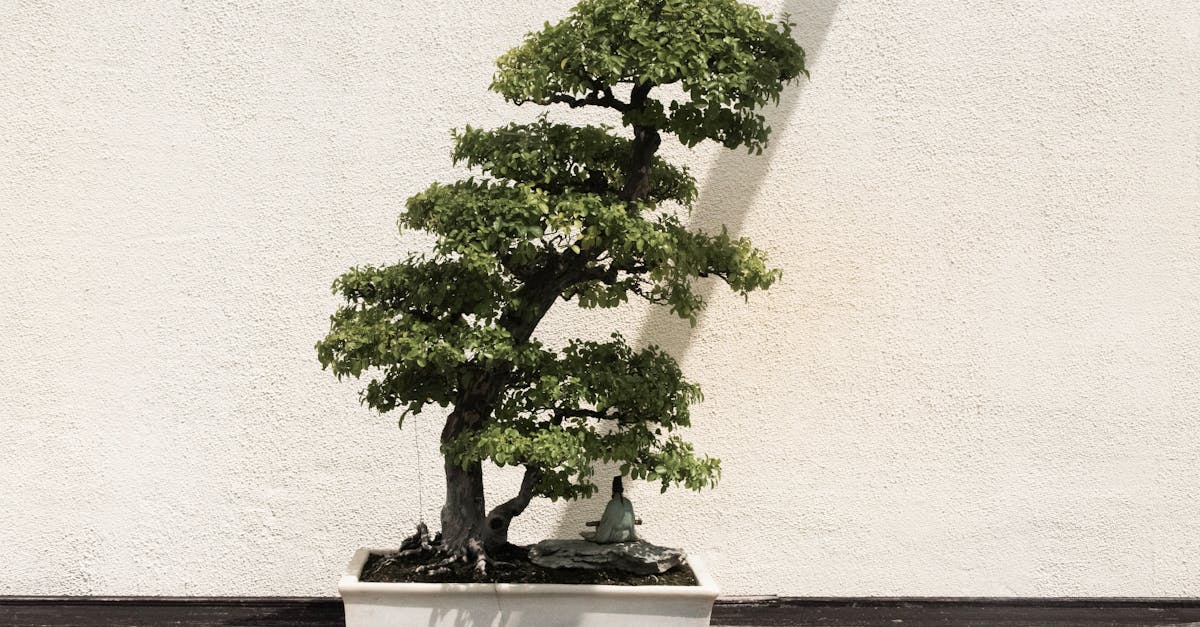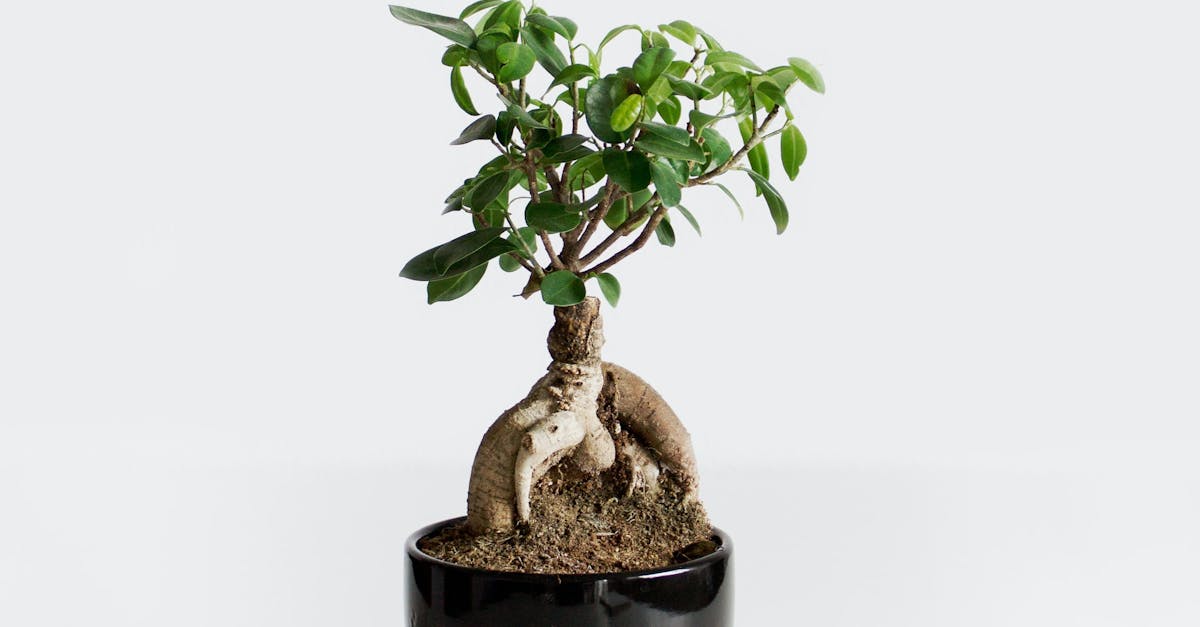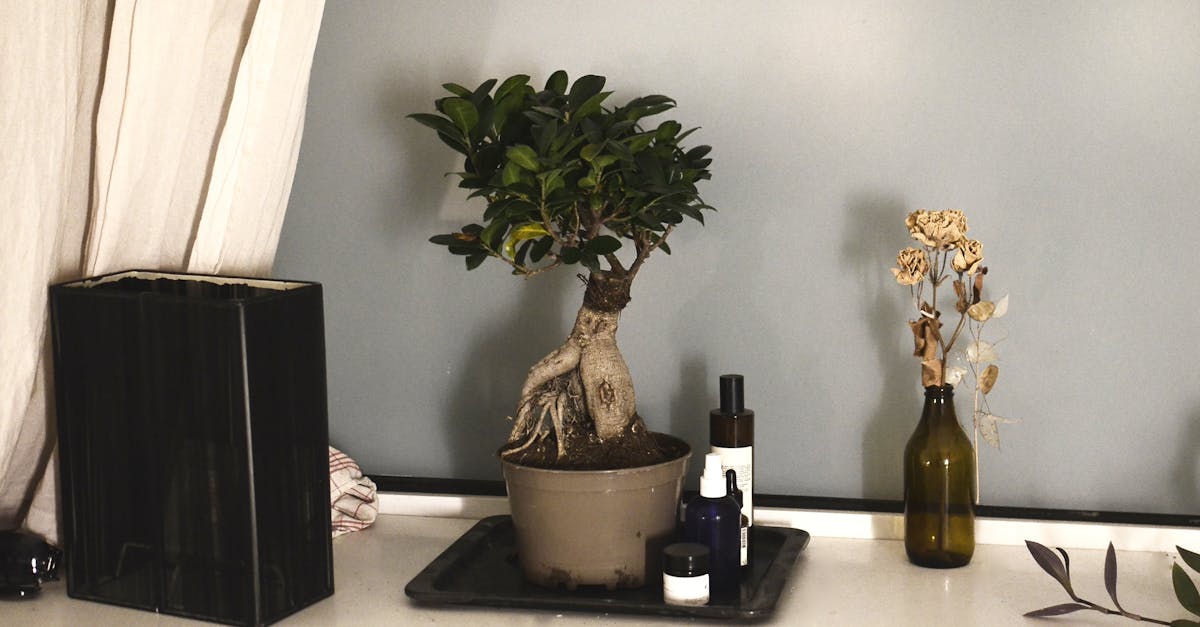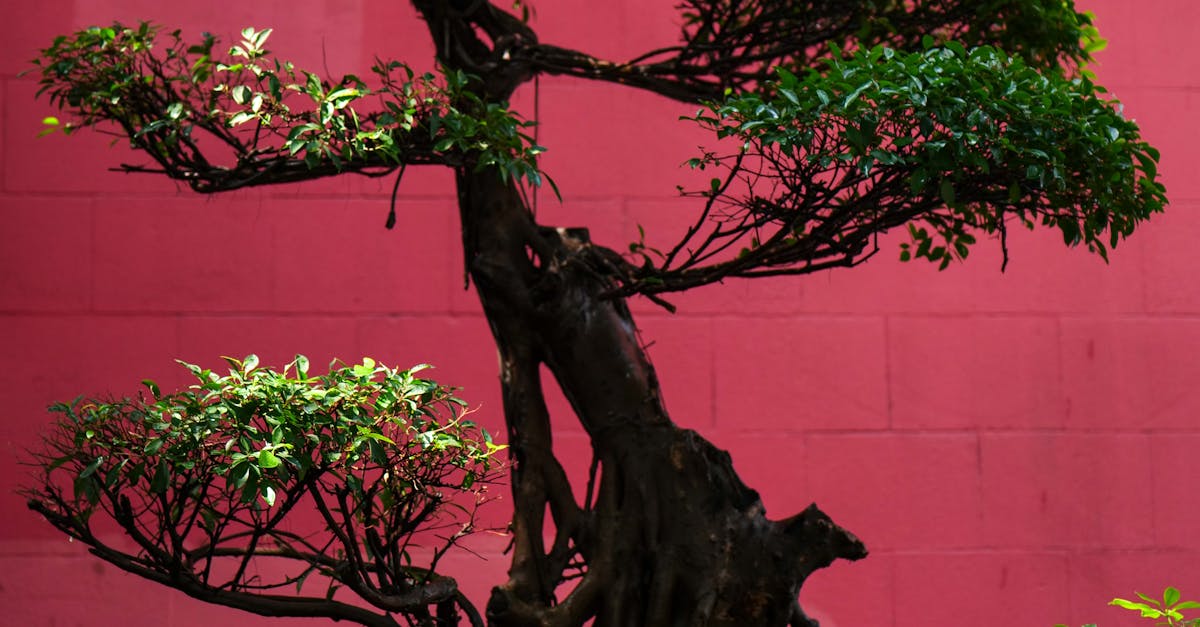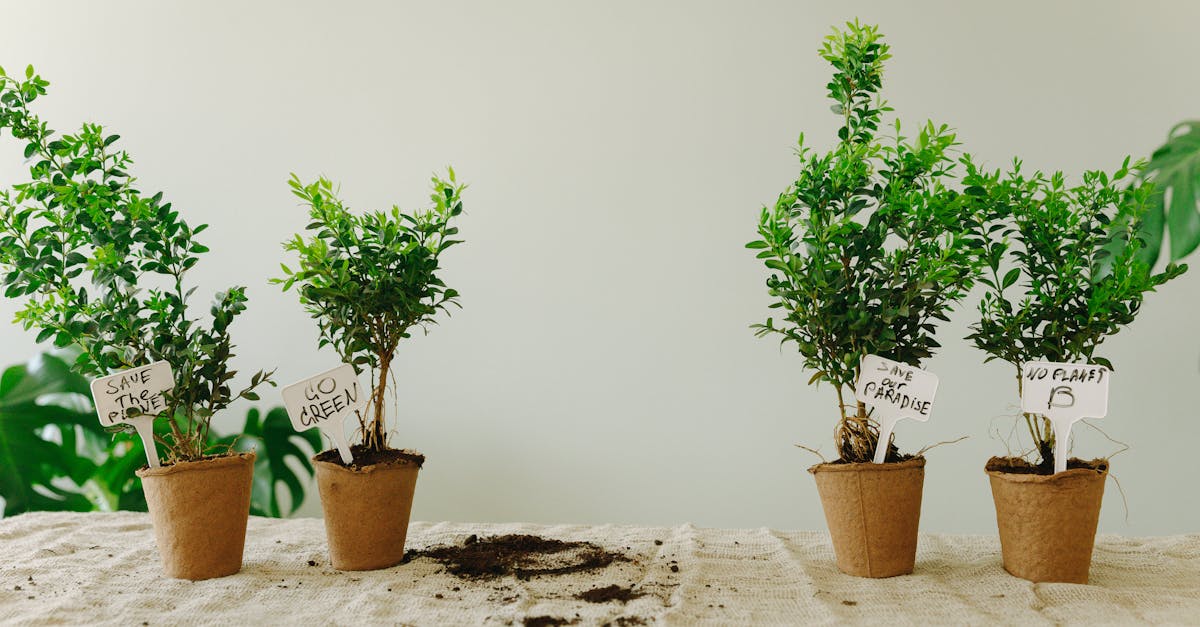Unveiling the Enchanting World of Bonsai: A Journey of Nature, Art, and Harmony
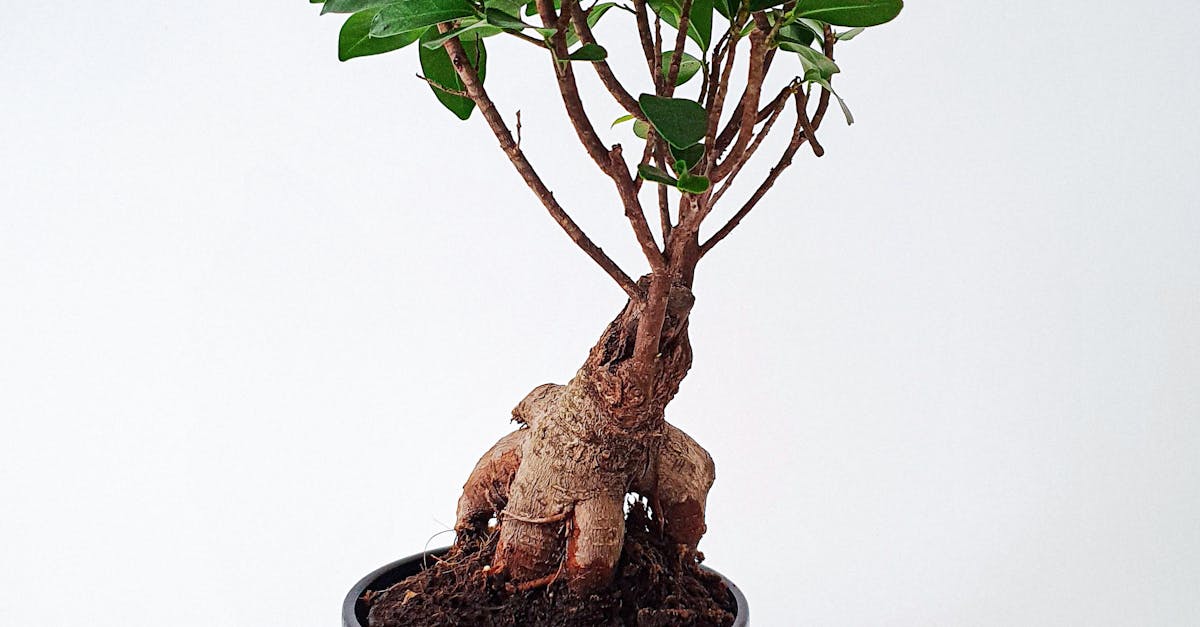
Bonsai, the ancient art of cultivating miniature trees in containers, offers a serene and rewarding hobby for enthusiasts seeking to bring nature indoors. Originating in China over a millennium ago, this practice involves meticulous care and artistic interpretation, resulting in living works of art. With this comprehensive course, aspiring bonsai enthusiasts will embark on a journey to understand the fundamentals and explore the advanced techniques of this captivating art form.
Bonsai trees are not merely scaled-down versions of their larger counterparts; they are carefully shaped and trained to emulate the grandeur and beauty of natural trees in miniature. Through techniques such as pruning, wiring, and carving, bonsai artists create living sculptures that embody the essence of nature, capturing the wisdom of time and the harmony of elements within a contained environment.
As you progress through this course, you will discover the intricacies of bonsai cultivation, including the art of selecting the ideal tree, the delicate balance of watering and fertilizing, and the precise methods of pruning and shaping. You will delve into advanced techniques like wiring and carving, enabling you to refine your skills and create bonsai trees that showcase your unique artistic vision. Throughout this journey, you will gain an appreciation for the patience, dedication, and artistry that define the world of bonsai.
1. What is Bonsai?
Bonsai, the ancient Japanese art of cultivating miniature trees in containers, has captivated plant enthusiasts and nature lovers for centuries. Originating in China over 1,000 years ago, bonsai, meaning ‘tree in a tray,’ involves the meticulous cultivation of trees in shallow containers, creating living works of art that embody the beauty and majesty of nature in miniature. Bonsai trees are not merely scaled-down versions of their larger counterparts; they are carefully shaped and trained to emulate the grandeur and wisdom of natural trees, capturing the essence of time and the harmony of elements within a contained environment.
Bonsai cultivation is a unique blend of horticulture and art, requiring patience, dedication, and a deep appreciation for the natural world. Bonsai artists, known as bonsaists, employ specialized techniques to shape and style their trees, including pruning, wiring, and grafting. Through these techniques, they create miniature landscapes that reflect their own artistic vision and interpretation of nature’s beauty.
The practice of bonsai extends beyond mere aesthetics; it is also a contemplative art form that fosters a connection with nature and a sense of serenity. Bonsai enthusiasts find solace and inspiration in the intricate details and delicate balance of their miniature trees, cultivating a deeper appreciation for the natural world and the interconnectedness of all living things.
The History of Bonsai
The art of bonsai, with its captivating miniature trees, has a rich and storied history that spans centuries and continents. Bonsai originated in China during the Han Dynasty, over 1,000 years ago, where it was known as ‘pun-sai’ or ‘penzai.’ During this time, wealthy Chinese aristocrats and scholars embraced the practice of cultivating miniature trees in decorative containers, finding solace and inspiration in their intricate beauty.
Bonsai was introduced to Japan in the 13th century by Buddhist monks who brought the art form back from their travels to China. The Japanese were captivated by the aesthetics and philosophy of bonsai, and they quickly adopted and refined the practice, developing their own unique styles and techniques. Bonsai flourished in Japan, becoming an integral part of Japanese culture and a symbol of harmony and balance with nature.
Over the centuries, bonsai has spread to other parts of the world, gaining popularity and appreciation for its artistic and horticultural value. Today, bonsai is practiced and admired globally, with enthusiasts from all walks of life finding joy and fulfillment in cultivating these living works of art. Bonsai exhibitions and competitions are held worldwide, showcasing the exceptional skill and dedication of bonsai artists and enthusiasts alike.
The Different Types of Bonsai
The world of bonsai encompasses a diverse array of styles, each with its own unique characteristics and aesthetic appeal. These styles have evolved over centuries, influenced by cultural traditions, artistic preferences, and the natural growth habits of different tree species. Some of the most popular bonsai styles include:
Formal Upright: This style is characterized by a straight trunk that tapers towards the top, with branches arranged in a symmetrical and orderly manner. It represents strength, dignity, and balance.
Informal Upright: Similar to the formal upright style, but with a more relaxed and naturalistic appearance. The trunk may have slight curves or bends, and the branches are arranged in a more asymmetrical fashion.
Slanting: In this style, the trunk is slanted to one side, creating a dynamic and visually striking composition. It conveys a sense of movement and energy.
Cascade: The trunk of a cascade bonsai cascades downwards over the edge of the pot, with branches flowing gracefully like a waterfall. This style evokes a sense of drama and grandeur.
Semi-Cascade: Similar to the cascade style, but with the trunk extending only partially over the edge of the pot. It creates a more subtle and refined waterfall effect.
Literati: This style is characterized by a tall, slender trunk with minimal branches, often with the top of the tree left bare. It represents simplicity, elegance, and the pursuit of enlightenment.
These are just a few examples of the many bonsai styles that exist. Bonsai artists often combine elements from different styles to create their own unique interpretations and express their artistic vision.
2. Getting Started with Bonsai

Embarking on the journey of bonsai cultivation begins with the crucial step of selecting a suitable tree. This choice sets the foundation for your future bonsai and will influence its overall development and aesthetic appeal. When choosing a tree for bonsai, there are several key factors to consider:
Tree Species: Not all tree species are well-suited for bonsai cultivation. Some popular choices include juniper, pine, maple, and ficus, known for their resilience, adaptability, and ability to thrive in the unique conditions of bonsai pots.
Size and Age: The size and age of the tree will impact the time and effort required to train and style it into a bonsai. Smaller, younger trees are generally easier to work with and can be shaped more quickly, while larger, older trees may require more patience and advanced techniques.
Health and Vigor: The health and vigor of the tree are paramount. Choose a tree that is free of pests, diseases, or any signs of weakness. A healthy tree will be more resilient and better able to withstand the stresses of bonsai cultivation.
Shape and Structure: Consider the natural shape and structure of the tree and how it aligns with your desired bonsai style. Look for trees with interesting trunk movements, branch placement, and root structure that can be enhanced through bonsai techniques.
Availability and Accessibility: The availability and accessibility of the tree species you choose are also important factors to consider. Some species may be rare or difficult to obtain, while others may be more readily available. It’s also important to consider the climate in your area and whether the tree species you choose is suitable for your local conditions.
Choosing a Tree for Bonsai
Selecting the ideal tree for bonsai cultivation requires careful consideration of several key factors, including its size, shape, and health. These elements will influence the tree’s suitability for the art form and its potential to develop into a beautiful and harmonious bonsai.
Size: The size of the tree is an important factor to consider, as it will determine the scale and style of your bonsai. Smaller trees are generally better suited for smaller pots and more compact bonsai styles, while larger trees may be more appropriate for larger pots and more expansive styles. Consider the size of the tree relative to the pot you intend to use and the overall composition you wish to create.
Shape: The natural shape and structure of the tree will play a significant role in determining its suitability for bonsai. Look for trees with interesting trunk movements, branch placement, and root structure that can be enhanced through bonsai techniques. Consider how the tree’s natural shape aligns with the bonsai style you have in mind, and whether it has the potential to develop into a visually appealing and balanced composition.
Health: The health and vigor of the tree are paramount. Choose a tree that is free of pests, diseases, or any signs of weakness. A healthy tree will be more resilient and better able to withstand the stresses of bonsai cultivation, including root pruning, wiring, and shaping. Examine the tree carefully for any signs of damage or poor health before making your selection.
Preparing the Tree for Bonsai
Once you have carefully selected your bonsai tree, the next crucial step is to prepare it for its transformation into a miniature masterpiece. This involves pruning the roots and branches to encourage healthy growth and shape the tree’s overall structure.
Root Pruning: Root pruning is essential for controlling the size of the tree and promoting a compact root system that is well-suited to the confines of a bonsai pot. Carefully remove excess roots, focusing on those that are long, thick, or circling. Use sharp, clean tools to make precise cuts and minimize damage to the tree. After pruning, apply a rooting hormone to the cut roots to stimulate new growth.
Branch Pruning: Branch pruning helps to shape the tree’s canopy and create the desired aesthetic effect. Remove any dead, diseased, or crossing branches. Consider the natural growth habit of the tree species and prune branches in a way that enhances its inherent beauty. Use sharp, clean tools to make precise cuts and seal larger cuts with a wound sealant to prevent infection. Remember to maintain balance and proportion when pruning branches to create a harmonious overall composition.
3. Caring for Your Bonsai
Caring for your bonsai tree is an essential part of the art form, ensuring its health, vigor, and beauty for years to come. Regular care involves providing the tree with the right amount of water, nutrients, and sunlight, as well as protecting it from pests and diseases.
Watering: Bonsai trees have specific watering needs due to their shallow root systems. Water regularly, but avoid overwatering, which can lead to root rot. Allow the soil to dry out slightly between waterings. Use room-temperature water and water deeply, allowing the water to penetrate the entire root ball.
Fertilizing: Bonsai trees require regular fertilization to provide essential nutrients for growth and development. Use a balanced fertilizer specifically formulated for bonsai trees. Fertilize during the growing season, following the instructions on the fertilizer label.
Watering Your Bonsai
Watering is a crucial aspect of bonsai care, as it directly affects the health and vitality of the tree. Bonsai trees have specific watering needs due to their shallow root systems and require regular watering, but it is essential to avoid overwatering. Here are some guidelines for watering your bonsai:
Frequency: The frequency of watering will vary depending on factors such as the tree species, pot size, soil type, and climate. Generally, bonsai trees need to be watered when the soil surface feels dry to the touch. Avoid letting the soil dry out completely, as this can stress the tree. Overwatering is equally harmful and can lead to root rot. If you are unsure about how often to water your bonsai, it is best to err on the side of caution and water less frequently.
Amount: When watering, it is important to water deeply and thoroughly. Water until water begins to drain from the drainage holes at the bottom of the pot. This ensures that the entire root ball is evenly moistened. Avoid shallow watering, as this only wets the surface of the soil and does not reach the deeper roots.
Type of Water: Use room-temperature water for watering your bonsai. Cold water can shock the roots, while hot water can damage them. Rainwater is often considered ideal for watering bonsai, as it is free of chemicals and impurities found in tap water.
Fertilizing Your Bonsai
Fertilizing your bonsai tree is essential to provide it with the nutrients it needs for healthy growth and development. Bonsai trees have limited root systems and rely on regular fertilization to obtain the nutrients they need from the soil. Proper fertilization can promote strong root growth, lush foliage, and enhance the overall health and vigor of your bonsai.
Type of Fertilizer: Choose a balanced fertilizer specifically formulated for bonsai trees. Bonsai fertilizers typically have a higher concentration of nutrients than general-purpose fertilizers, as bonsai trees require more nutrients due to their restricted root systems. Look for a fertilizer that contains nitrogen, phosphorus, and potassium, as well as essential micronutrients.
Frequency: The frequency of fertilization will vary depending on the type of fertilizer you use, the tree species, and the growing conditions. Generally, bonsai trees should be fertilized every two to four weeks during the growing season. Avoid fertilizing during the winter months when the tree is dormant.
Pruning Your Bonsai
Pruning is an essential technique in bonsai cultivation, used to maintain the shape and size of the tree, as well as to encourage healthy growth and development. Pruning involves selectively removing branches and leaves to create a desired aesthetic effect and to control the overall structure of the tree.
Types of Pruning: There are two main types of pruning: structural pruning and refinement pruning. Structural pruning focuses on shaping the primary branches and trunk of the tree to create the basic form. Refinement pruning involves removing smaller branches and leaves to refine the shape and create finer details.
Timing: The timing of pruning will vary depending on the tree species and climate. Generally, the best time to prune bonsai trees is in the late winter or early spring, before new growth begins. Avoid pruning during the summer months, as this can stress the tree and reduce its ability to produce new growth.
4. Advanced Techniques for Bonsai
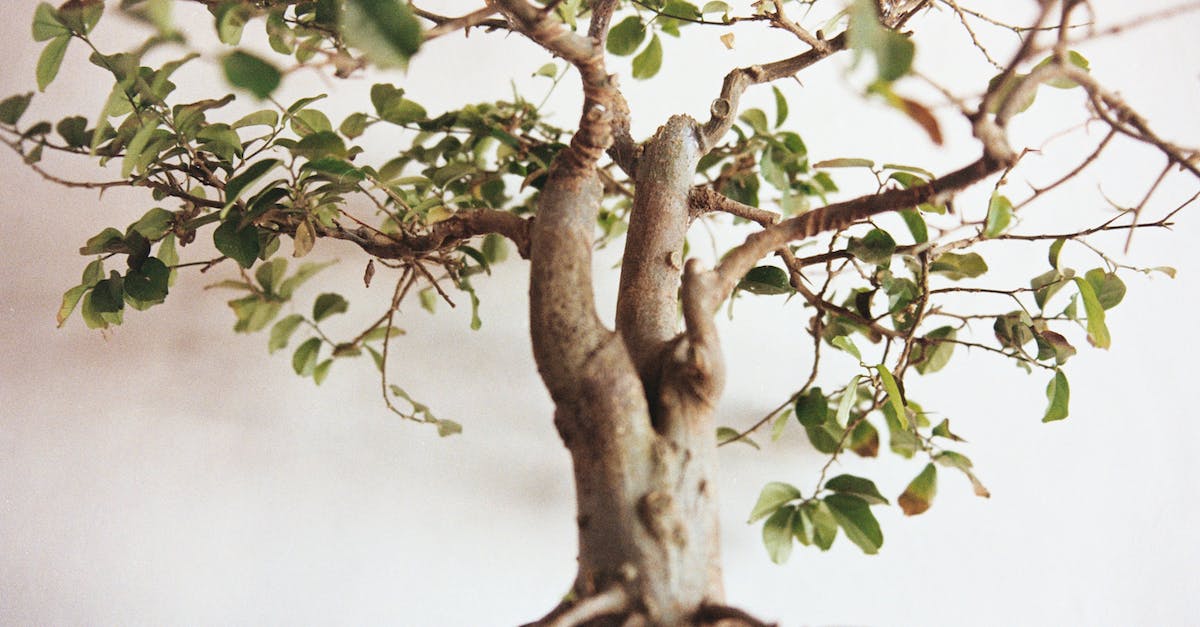
Wiring Your Bonsai: Wiring is a technique used to shape and position the branches of a bonsai tree. It involves wrapping thin wire around the branches and bending them into the desired shape. Wiring allows you to create intricate curves and angles that would not be possible through pruning alone. However, it is important to use wire carefully and avoid damaging the branches.
Carving Your Bonsai: Carving is an advanced technique that involves using specialized tools to carve designs or patterns into the trunk or branches of a bonsai tree. This technique is often used to create the appearance of age and character, and can add a unique artistic touch to your bonsai. However, carving should be done with great care and precision to avoid damaging the tree.
Wiring Your Bonsai
Wiring is a technique used in bonsai cultivation to shape and position the branches of the tree. It involves wrapping thin wire around the branches and bending them into the desired shape. Wiring allows you to create intricate curves and angles that would not be possible through pruning alone.
When wiring your bonsai, it is important to use the correct type of wire and to apply it carefully to avoid damaging the branches. The wire should be thin and pliable, yet strong enough to hold the branches in place. It should also be made of a material that will not rust or corrode.
Start by wrapping the wire around the base of the branch, then work your way up the branch, making sure to keep the wire tight. You can use different techniques to create different effects, such as wrapping the wire in a spiral pattern or using multiple wires to create a more complex shape.
Carving Your Bonsai
Carving is an advanced technique used in bonsai cultivation to add character and age to the tree. It involves using specialized tools to carve designs or patterns into the trunk or branches. This technique is often used to create the appearance of old and weathered trees, and can add a unique artistic touch to your bonsai.
When carving your bonsai, it is important to use sharp tools and to work carefully to avoid damaging the tree. You should also keep in mind the overall design of your bonsai and how the carving will complement it. Avoid carving too deeply, as this can weaken the tree and make it more susceptible to disease.
Start by sketching out your design on the trunk or branch. Then, use a sharp knife or chisel to carefully carve out the design. You can use different techniques to create different effects, such as using a gouge to create deep grooves or a chisel to create sharp angles.
5. Bonsai as an Art Form
Bonsai is more than just a hobby; it is an art form that combines horticulture and aesthetics to create living sculptures. Bonsai trees are carefully cultivated and shaped over time to create miniature representations of nature, capturing the beauty and essence of full-size trees in a compact form.
As an art form, bonsai emphasizes balance, harmony, and the appreciation of nature’s imperfections. Bonsai artists strive to create trees that are not only visually appealing but also evoke a sense of tranquility and contemplation. Through careful pruning, shaping, and wiring, they transform ordinary trees into works of art that embody the principles of Japanese aesthetics.
Bonsai is not merely about creating a miniature tree; it is about capturing the spirit and essence of nature in a contained environment. Bonsai artists strive to create trees that are not only beautiful but also convey a sense of age, wisdom, and the enduring power of life.
The Aesthetics of Bonsai
The aesthetics of bonsai are judged on several key elements, including shape, size, and color. The shape of the tree is paramount, and it should adhere to one of the recognized bonsai styles, such as upright, slanting, or cascade. The size of the tree should be in proportion to the pot it is planted in, and it should not appear crowded or oversized.
The color of the tree is also important, and it should reflect the natural hues of the tree species. The leaves should be healthy and vibrant, and the bark should be smooth and free of blemishes. Additionally, the overall composition of the bonsai should be balanced and harmonious, with no one element dominating the others.
Bonsai trees are also judged on their ability to evoke a sense of age and maturity. This can be achieved through the use of techniques such as carving and jin (deadwood), which create the illusion of an old and weathered tree. The overall impression of the bonsai should be one of tranquility and harmony, and it should inspire a sense of awe and respect in the viewer.
Bonsai Exhibitions
Bonsai exhibitions are events where bonsai enthusiasts from around the world gather to showcase their finest trees. These exhibitions provide an opportunity to see some of the most amazing bonsai trees, as well as learn about the art of bonsai and meet other enthusiasts. Bonsai exhibitions are held all over the world, and they range in size from small local events to large international exhibitions.
At a bonsai exhibition, you will see a wide variety of bonsai trees, from small mame bonsai to large specimen trees. The trees are judged on their overall appearance, including their shape, size, and color. Bonsai exhibitions are also a great place to learn about the art of bonsai. There are often workshops and demonstrations where you can learn about different bonsai techniques. You can also talk to bonsai experts and get advice on how to care for your own bonsai trees.
If you are interested in bonsai, attending a bonsai exhibition is a great way to learn more about the art and see some of the most amazing bonsai trees in the world.
What is the best way to start learning about bonsai?
The best way to start learning about bonsai is to find a local bonsai club or society. There, you can meet experienced bonsai enthusiasts who can teach you the basics of bonsai care and cultivation. You can also attend workshops and demonstrations to learn different bonsai techniques.
What is the most important thing to consider when choosing a bonsai tree?
The most important thing to consider when choosing a bonsai tree is the health of the tree. The tree should be free of pests and diseases, and it should have a strong root system. You should also consider the size and shape of the tree, as well as its growth rate.
How often should I water my bonsai tree?
The frequency with which you water your bonsai tree will depend on the type of tree, the size of the pot, and the climate. Generally, you should water your bonsai tree when the soil surface feels dry to the touch. Avoid overwatering, as this can lead to root rot.

